Top 10 Most Common Sports Injuries
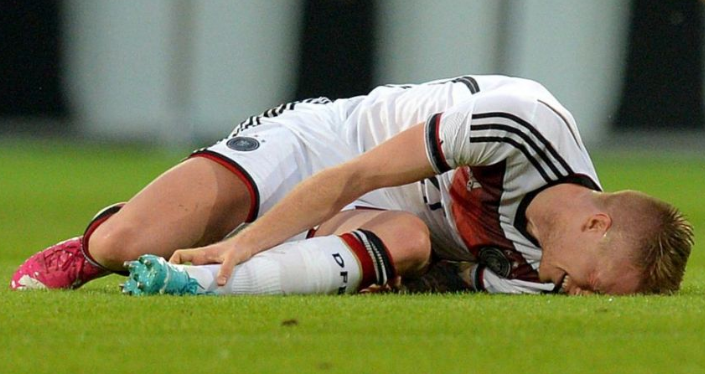
Football Sport Injury
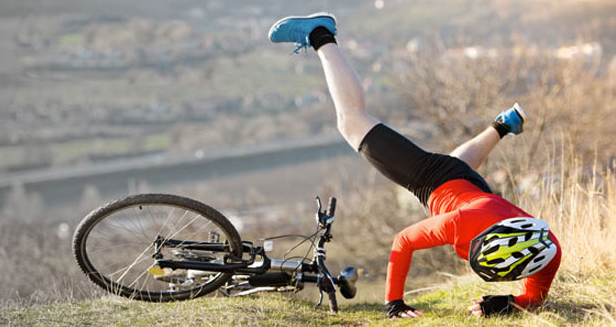
Cycling Sport Injury
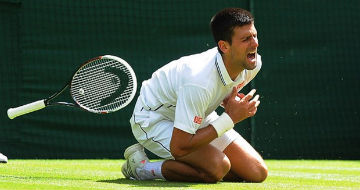
Tennis Sport Injury
Many people play sports in some way or another, whether they are playing for fun in their backyard or competitively on a team.
Exercising by playing sports can be very beneficial to your health, but sometimes these benefits to your health are outweighed by negative things, such as an injury. The severity of these injuries can range from minor to very serious, with some injuries requiring surgery to fully heal.
These injuries may be caused by poor training practices, improper equipment, flawed techniques, or may just be an accident.
Injuries can also occur when a person is not properly conditioned to play the sport, such as not warming up or stretching muscles beforehand.
If you get hurt, stop playing. Continuing to play or exercise can cause more harm.
Treatment often begins with the RICE (Rest, Ice, Compression, and Elevation) method to relieve pain, reduce swelling, and speed healing.
Other possible sports injuries treatments include pain relievers, keeping the injured area from moving, rehabilitation, and sometimes surgery.
There are different types of sports injuries and causes for pain which can be treated with chiropractic and sports massage.
Below are the top 10 most common sports injuries and sports injuries prevention tips :
1) Knee Injuries
Every year, 5 million people visit orthopedic surgeons for knee related injuries and problems. Knee injuries comprise about 55% of all sports injuries and approximately ¼ of all problems treated by orthopedic surgeons. Mild knee injuries include :
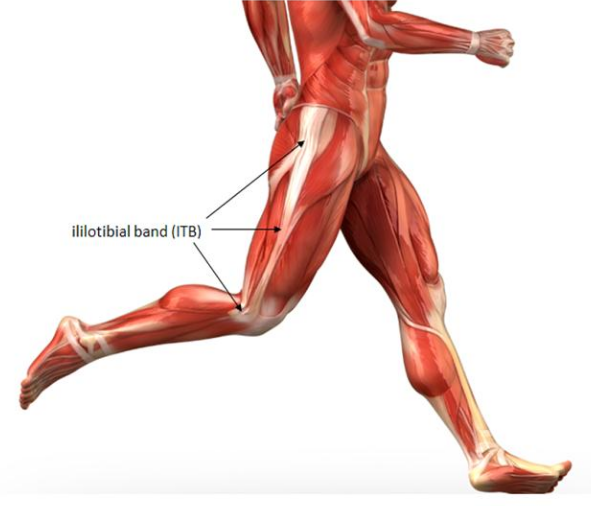
Iliotibial Band Syndrome (ITBS)
This is one of the most common overuse injuries among runners.
It occurs when the iliotibial band (IT), the ligament that runs down the outside of the thigh from the hip to the shin becomes tight or inflamed. The IT band attaches to the knee and helps stabilize and move the joint.
IT band syndrome is an overuse injury that is common in endurance athletes like runners and bikers.
Most of the time, the inflammation manifests itself as pain on the outside of the knee.
Iliotibial Band Syndrome Treatment Stretches :
The simplest stretch is to lie on your back, bring your left knee up to your shoulder and push your knee over to the right shoulder with the palm of your left hand.
Knee pain treatment in Penang is also available by a professional Gonstead chiropractic Malaysia specialist.
Runner's Knee
Runner's knee which is also known as Patellofemoral Pain Syndrome (PFPS) is common among runners.
The stress of running can cause irritation where the knee cap (patella) rests on the thighbone. Tenderness and pain usually occur near the front of the kneecap.
Runners are not the only victims of such injuries as they also affect cyclists, swimmers, people who practice aerobics, football, basketball and volleyball players.
Runner's knee occurs when overuse leads to irritation of the tendon below the kneecap or when the region underneath the kneecap is worn or afflicted with arthritis.
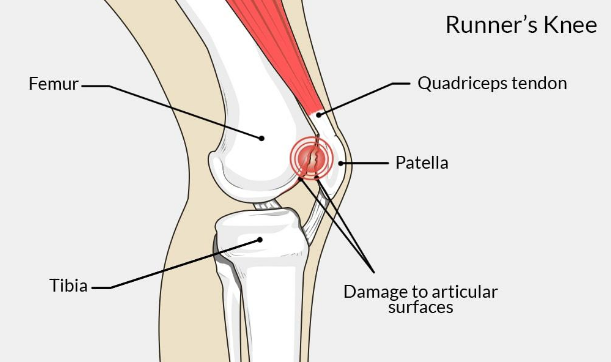
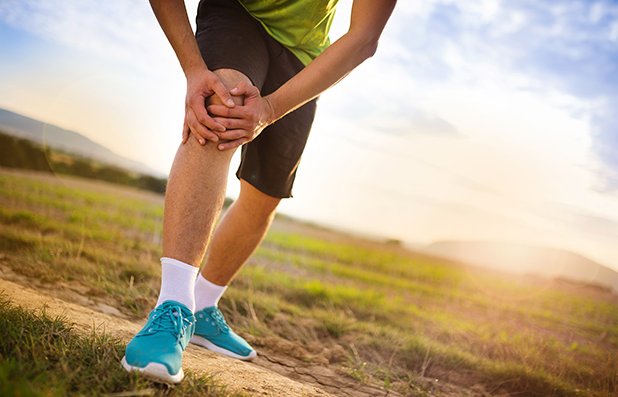
Runner's Knee Prevention And Treatment :
Replace shoes and insoles regularly.
Choose a softer running surface such as an indoor track rather than hard pavement.
Strengthen your quadriceps through weight training.
Take more rest days between workouts and cross train to prevent overuse.
If you injure your knee, don't exercise for at least 2 days and take anti-inflammatory medication.
When you resume your workout, make sure to warm up properly and apply ice to your knee for about 20 minutes afterwards.
Get professional chiropractic treatment in Penang to ensure your spine and leg are properly aligned to prevent other injuries and to quickly get rid of knee pain without surgery or medication.
Jumper's Knee
Another type of knee pain caused by tendonitis is also called jumper's knee.
With this type of tendonitis, the injury to the knee occurs with jumping activities when too much strain is placed on the patellar tendon which connects the kneecap (patella) to the shinbone.
Severe knee injuries can involve damage or bruising to cartilage or ligaments.
The 4 major ligaments in the knee that are commonly injured are the :
Posterior Cruciate Ligament (PCL)
Medial Collateral Ligament (MCL)
Anterior Cruciate Ligament (ACL)
Lateral Collateral Ligament (LCL)
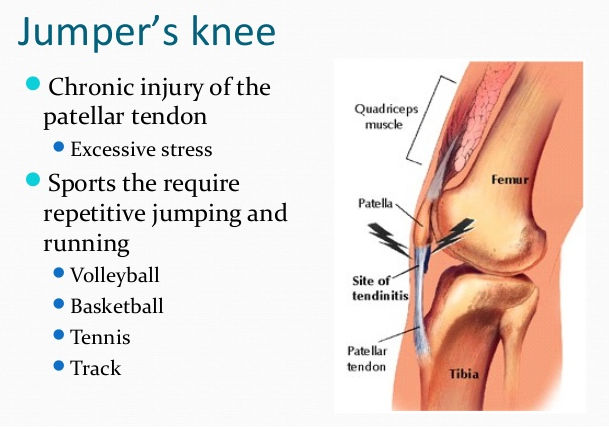
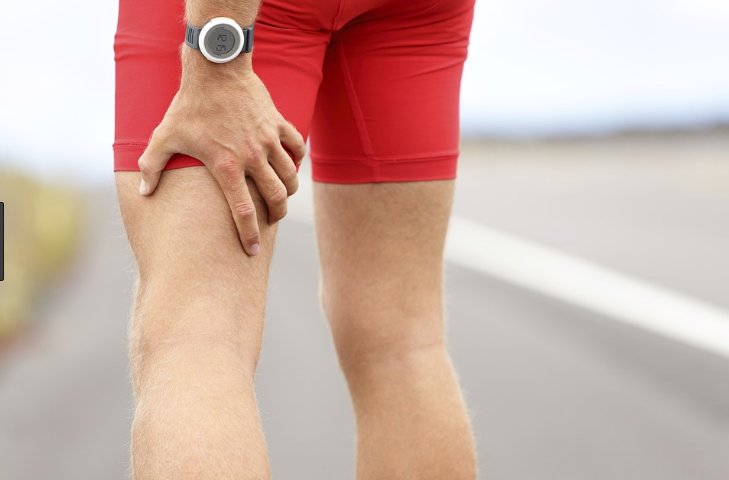
2) Hamstring Injury
A hamstring injury is a strain or tear to the tendons or large muscles at the back of the thigh. It's a common injury among athletes and can occur in different severity. The 3 grades of hamstring injury are :
Grade 1 - a mild muscle pull or strain
Mild hamstring strains will usually cause sudden pain and tenderness at the back of your thigh. It may be painful to move your leg but the strength of the muscles shouldn't be affected.
Grade 2 - a partial muscle tear
Partial hamstring tears are usually more painful and tender. There may also be some swelling and bruising at the back of your thigh and you may have lost some strength in your leg.
Grade 3 - a complete muscle tear
Severe hamstring tears will usually be very painful, tender, swollen and bruised. There may have been a popping sensation at the time of the injury and you'll be unable to use the affected leg.
Hamstring Injury Causes
A hamstring injury can occur if any of the tendons or muscles are stretched beyond their limit. They often occur during sudden, explosive movements such as sprints, lunging or jumping.
But they can also occur during slower movements that overstretch your hamstring. Recurring injury is common in athletes and sports people. You're likely to injure your hamstring if it was injured before.
A minor muscle pull or strain (Grade 1) may take a few days to heal. However, for Grade 2 and 3 , it could take weeks or months to recover from a muscle tear.
Regularly doing stretching and strengthening exercises and warming up before exercise may help to reduce the risk of injuring your hamstring.
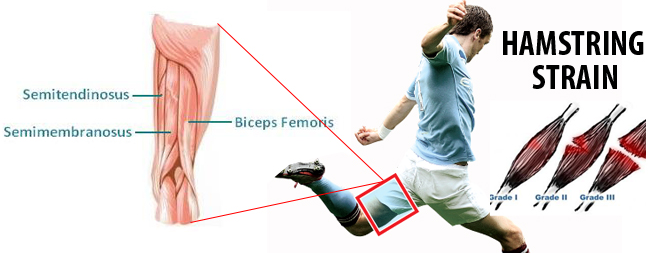
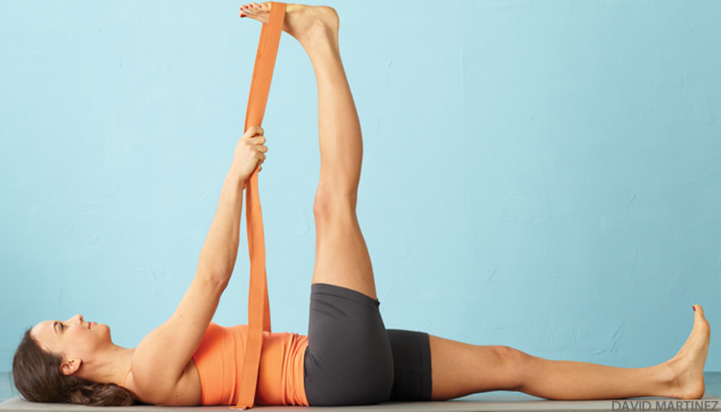
Gentle Hamstring Exercises And Stretches
Returning to strenous exercise too quickly could make your injury worse but avoiding exercise for too long can cause your hamstring muscles to shrink and scar tissue to form around the tear.
To avoid this, you should start doing gentle hamstring stretches after a few days when the pain has started to subside.
This should be followed by a program of gentle exercise such as walking, cycling and hamstring strengthening exercises.
To avoid injuring yourself again, you should only return to a full level of activity when your hamstring muscles are strong enough.
Many people need to avoid sports for at least a few weeks but the length of time will depend on the severity of your injury. Sports massage in Penang are provided by certified chiropractors.
3) Achilles Tendinitis
Achilles tendinitis is an overuse injury of the Achilles tendon which is the band of tissue that connects calf muscles at the back of the lower leg to your heel bone.
Your Achilles tendon helps you point your foot downward, rise on your toes and push off your foot as you walk. You rely on it virtually every time you walk and move your foot.
Achilles tendinitis most commonly occurs in runners who have suddenly increased the intensity or duration of their runs causing the tendon to become inflamed.
Massage has many benefits but specifically for Achilles tendinitis, it can help break down scar tissue, stimulate blood flow and therefore aid in healing as well as stretching the calf muscles.
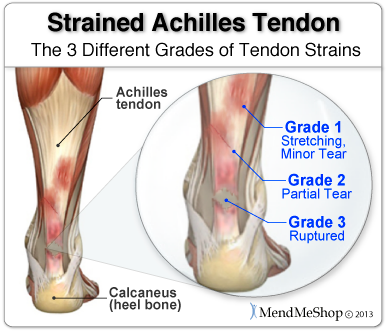
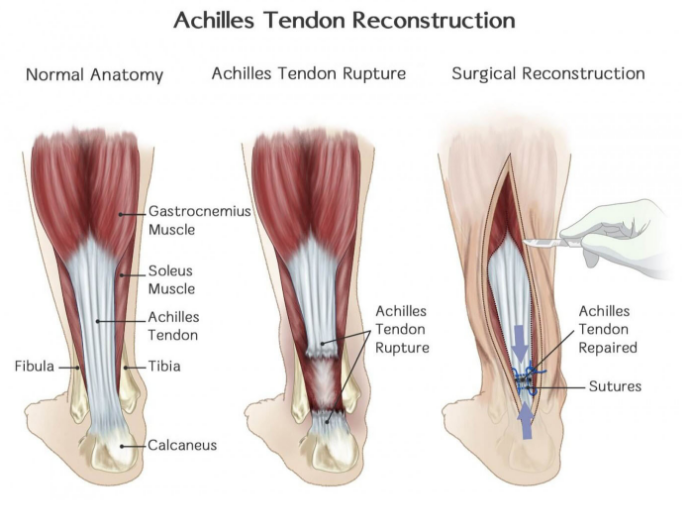
Achilles Tendon Rupture
Achilles tendon rupture is an injury that affects the back of your lower leg. It mainly occurs in people playing recreational sports but it can also happen to anyone. If you overstretch your Achilles tendon, it can tear or rupture completely or just partially.
If your Achilles tendon ruptures, you may hear a pop followed by an immediate sharp pain in the back of your ankle and lower leg that is likely to affect your ability to walk properly.
Surgery is often performed to repair the rupture. For many people, non-surgical treatment works as well.
Symptoms Of Achilles Tendon Rupture :
The feeling of having been kicked in the calf
Pain, possibly severe and swelling near the heel
An inability to bend the foot downward or ?push off? the injured leg when walking
An inability to stand on the toes of the injured leg
A popping or snapping sound when the injury occurs
Tips To Preventing Achilles Tendon Problems :
Stretch and Strengthen Calf Muscles
Stretch your calf until you feel a noticeable pull but not pain. Don't bounce during a stretch. Calf-strengthening exercises can also help the muscle and tendon absorb more force and prevent injury.
Vary Your Exercises
Alternate high impact sports such as running with low-impact sports such as walking, biking or swimming. Avoid activities that place excessive stress on your Achilles tendons such as hill running and jumping activities.
Choose Running Surfaces Carefully
Avoid or limit running on hard or slippery surfaces. Dress properly for cold or hot weather training and wear well-fitted athletic shoes with proper cushioning in the heels.
Increase Training Intensity Slowly
Achilles tendon injuries commonly occur after an abrupt increase in training intensity. Increase the distance, duration and frequency of your training not more than 10% weekly. Get sports injury treatment in Penang from the best chiropractor in Malaysia.
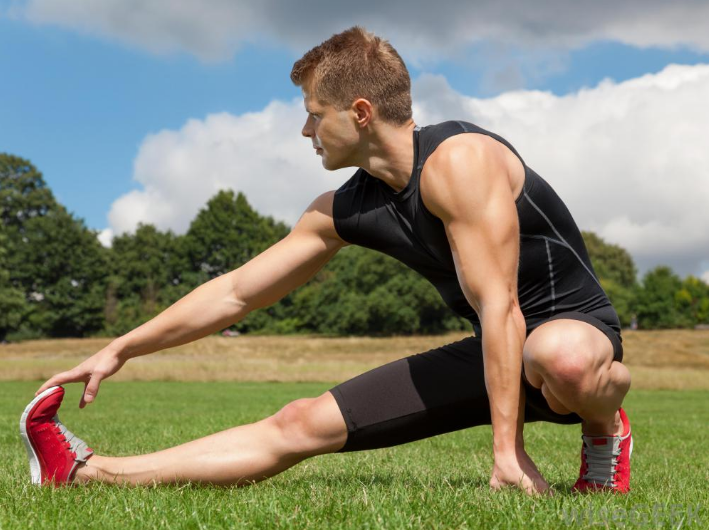
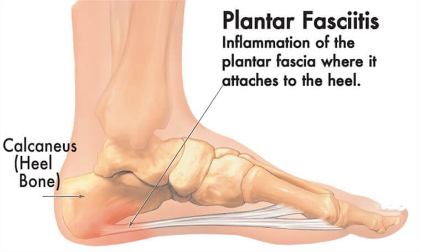
4) Arch Pain (Plantar Fasciitis)
The elastic covering on the sole of the foot is called the plantar fascia which runs the length of the foot and holds up the arch. When this shock-absorbing pad becomes inflamed, it is called plantar fasciitis which causes a dull ache along the length of the arch.
The ache is due to over stretching or partially tearing of the arch pad.
This happens to people with rigid, high arches. They feel the pain when they put weight on their foot or when pushing off for the next stride.
Pain is particularly intense upon arising or after sitting for a long while.
Plantar fasciitis is common among middle-aged people who have been sedentary and who suddenly increase their level of physical activity.
Runner are most susceptible but almost any sport that keeps the athlete standing can lead to arch pain.
Inappropriate fitting shoes or a weight gain of 10 to 20 pounds can also contribute to the condition.
Plantar Fasciitis Treatment
The treatment is to put an arch support under the foot immediately to prevent the arch from collapsing and the plantar fascia from stretching.
Also put an arch support in your slippers and wear them as soon as you rise.
Even a few steps barefoot without support can stretch the plantar fascia. Arch support usually relieve pain within a few days.
To get rid of arch pain, begin an exercise routine slowly.
Take off excessive weight and wear arch supports in your athletic shoes.
Arch pain commonly lingers for months because people do not take the proper precautions. Continuing to do weight-bearing exercises will perpetuate the pain.
While the foot is recovering, swim or do water workouts. Work the upper body out. Some people use stationary bicycles by placing only the front part of the foot on the pedal.
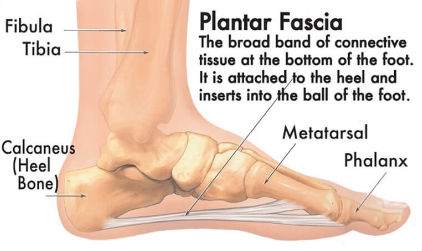
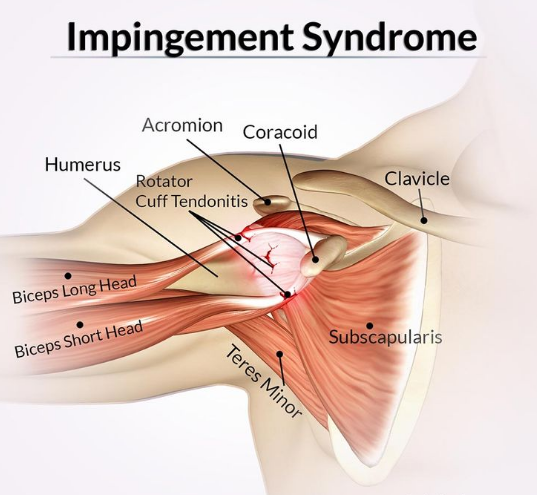
5) Shoulder Impingement
The shoulder bones are held together by a group of muscles known as the rotator cuff muscles.
These muscles (supraspinatus, infraspinatus, subscapularis and teres minor) are responsible for the shoulder's fine movements such as throwing a ball.
Because of the shoulder's shallow socket and lack of ligament strength, any weakness of the small, rotator cuff muscles makes it easy for the head of the shoulder to slide around in the joint.
If the shoulder joint is continually stressed with the arm in an overhead position, as it is in softball, tennis, volleyball, swimming and weight training, the small rotator cuff muscles begin to stretch out.
This allows the head of the joint to become loose within the shoulder socket. If the head of the shoulder is loose, when the arm is extended backwards over the shoulder, the head will slide forward, catching the tendon of short head of the biceps between the ball and the socket.
The same thing happens when the arm is raised to the side above parallel to the ground. The head will drop in the socket and the tendon of the long head of the biceps or the supraspinatus becomes impinged.
This impingement causes the tendons to become inflamed and painful.
Tennis players feel the pain when they try to hit an overhead or serve.
The same thing can happen to golfers in both the back swing and the follow-through when their shoulders are above parallel to the ground. Here are the top 10 shoulder pain causes suffered by majority of folks.
Shoulder Impingement Treatment
Many doctors overlook the true problem with a shoulder impingement.
They treat the tendinitis with anti-inflammatory agents or corticosteroid injections.
But the anti-inflammatories soon wear off and the next time the shoulder is used, the tendon is impinged again.
The pain recurs, requiring another injection or more anti-inflammatories.
If shoulder pain lasts for more than a day or two after practicing the serve or hitting a bucket of balls, a program of range-of-motion exercises can help strengthen the rotator cuff muscles.
Strengthening these muscles will help hold your shoulder firmly in place, then the head will not slip out of the socket and the tendons will no longer become inflamed or irritated.
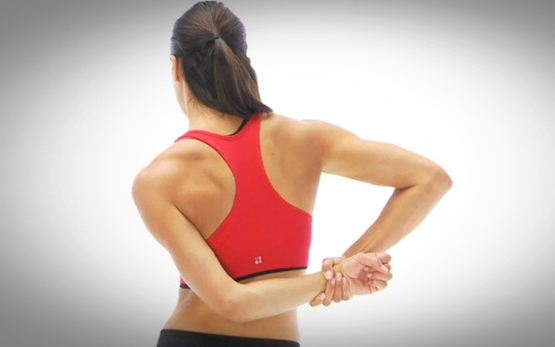
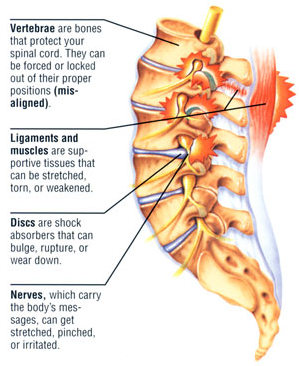
6) Lower Back Strain
Usually lower back pain affects runners, cyclists, golfers, tennis and baseball players. Bulging discs, back spasms, stress fractures, sciatica are some types of lower back pain.
Improper training techniques, weakness (especially of the core muscles) and poor preparation are the most common causes for sports related back pain.
A slightest discrepancy in leg length can also cause back pain in runners as well as poor limb biomechanics or inadequate footwear. A spine and joint specialist in Penang will be able to evaluate, diagnose and treat your back pain problems. Posture correction may be recommended.
Symptoms : Back pain which can be mild to severe or periodic or chronic. Usually associated with some muscle spasm which restricts movements such as bending or straightening and is often painful to sit as well. These are the top 10 reasons for back pain.
Prevention : Some lower back injuries cannot be prevented but warming up properly before exercising will greatly reduce the risk. Having a good strong core (abdominals, gluteal muscles, etc) can also reduce the risk of injury. A back pain specialist in Penang will be able to check you and prescribe the necessary treatment to prevent further injuries.
Treatment : A simple lower back pain or back spasm can be treated with rest from the aggravating activity, anti-imflammatory medications and gentle pain free stretching. Also applying heat to the area can help reduce the muscle spasm and the pain. Visiting a Gonstead chiropractic clinic will help as you are treated with the Gonstead chiropractic technique. Runners with a difference in leg length can get orthotic lifts from a podiatrist to correct the problem. If pain persists, check with a professional spine specialist in Penang.
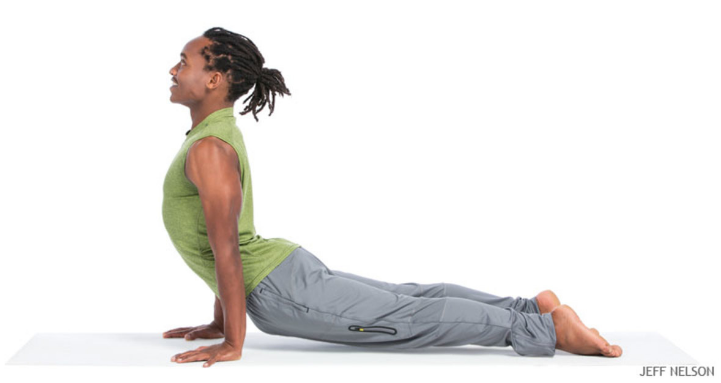
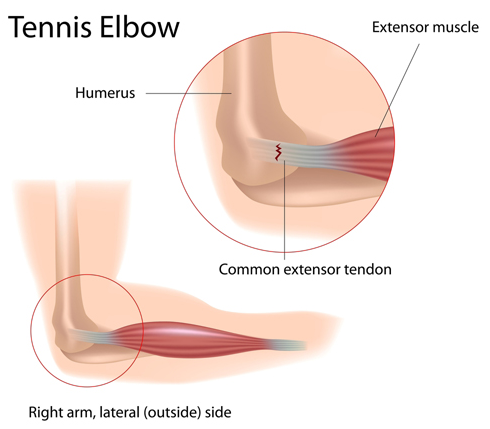
7) Tennis Elbow (Lateral Epicondylitis)
Tennis elbow is often an overuse injury. It occurs when the muscles and tendons in your forearm are strained due to a repetitive or strenuous activity. Tennis elbow can also sometimes occur after banging or knocking your elbow.
Tennis elbow is a condition that causes pain around the outside of the elbow. It is clinically known as lateral epicondylitis.
It often occurs after strenuous overuse of the muscles and tendons of the forearm near the elbow joint. If you have tennis elbow, follow these simple steps to reduce pain and start tendon healing.
The best way to prevent these ailments is to perform forearm-strengthening exercises, such as wrist curls, reverse wrist curls and squeezing a soft rubber ball. Also, improving your swing technique and wearing an elbow brace can be very helpful. Our bone and joint specialist Penang is able to treat tennis elbow.
Tennis Elbow Prevention And Treatment
Rest your fingers, wrist and forearm muscles to allow your tendon to heal. Stop any activity that you think may be causing your elbow pain and soreness.
Depending on the severity of tendon damage, you may have to avoid this activity or sport for weeks to months to allow your elbow to heal.
Use ice or cold packs for 10 - 15 minutes at a time for several times a day as soon as you notice pain.
Always put a thin cloth between the ice and your skin. Keep using ice as long as it relieves pain. Use a warm, moist cloth or take hot baths if they feel good.
Wear a counter force brace during activities that require grasping or twisting arm movements. A counter force brace is a strap worn around your forearm just below your elbow. This brace may spread pressure throughout the arm instead of putting it all on the tendon. These braces are NOT a substitute for rehab exercises.
Try elevating your elbow to help ease the pain and reduce swelling in your wrist or forearm.
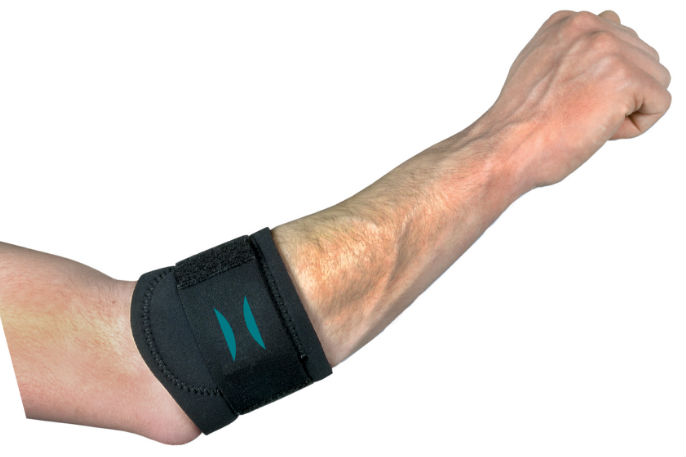
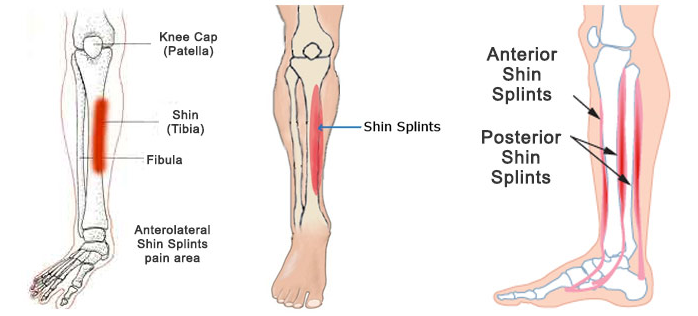
8) Shin Splints
A shin splint is when pain along the shin bone (tibia) occurs.
This pain usually occurs at the front outside part of the lower leg but can also occur in the foot and ankle (anterior shin splints) or where the bone meets the calf muscles at the inner edge of the bone (medial shin splints).
Shin splints are common with runners and even more so when the runner runs on hard surfaces.
Some Common Contributing Factors To Shin Splints :
Failing to warm up or stretch
Improper running techniques
Running in shoes that lack proper support
Having 'flat feet' without proper arch support
Shin Splints Treatment :
Rest your body. It needs time to heal.Ice your shin to ease pain and swelling.
Do it for 20-30 minutes every 3 to 4 hours for 2 to 3 days, or until the pain is gone.
Use orthotics for your shoes.
Take anti-inflammatory painkillers, if you need them.
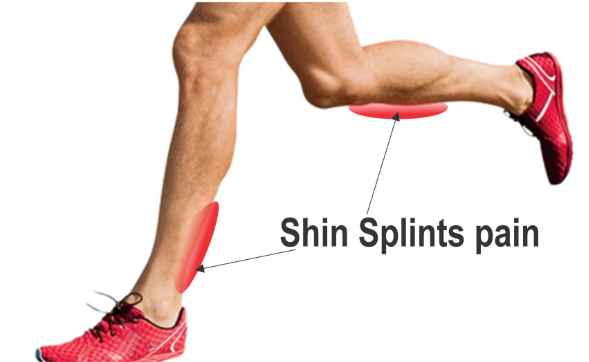
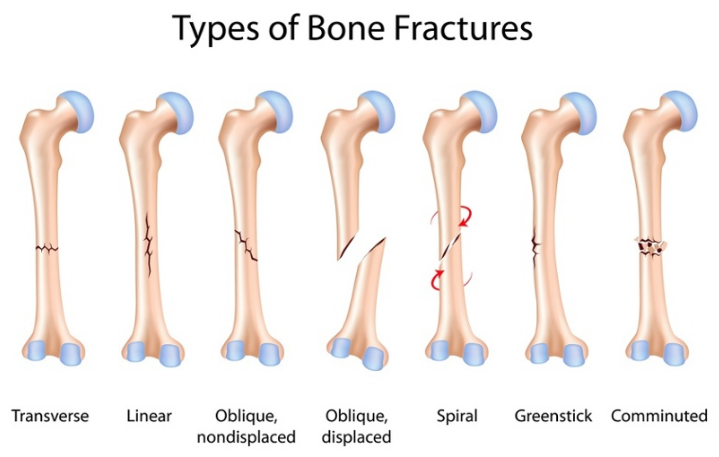
9) Fractures
Fractures are usually referred to as broken bone.
Fractures are common sports injury caused by one time injury to the bone which is an acute fracture.
Repeated stress on a bone over time can also cause a stress fracture.
Small cracks and a complete break will occur with an acute fracture.
Most are classified as an emergency and may require surgery to completely repair.
A stress fracture occur most of the time in the legs or feet from sports that cause repetitive impact such as running or jumping.
10) Groin Pull
A groin pull is also called a groin strain.
The groin muscles run from the upper-inner thigh to the inner thigh right above the knee.
Groin muscles pull the legs together and are often injured with quick side-to-side movements and or a lack of flexibility.
Groin pull usually happens when you suddenly change directions while running, such as in soccer, hockey, basketball, racket sports, football, and volleyball.
Symptoms include sharp pain, swelling and sometimes even bruising on the inside of the thigh.
The injured athlete might notice difficulty with lateral movements, getting in and out of cars, as well as tenderness or bruising in the groin or inner thigh.
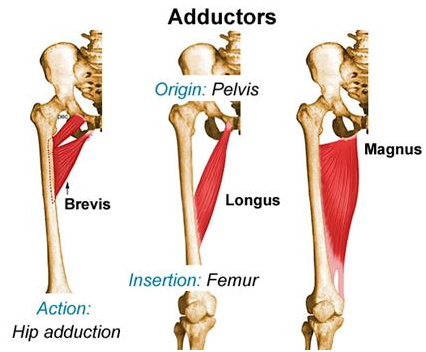
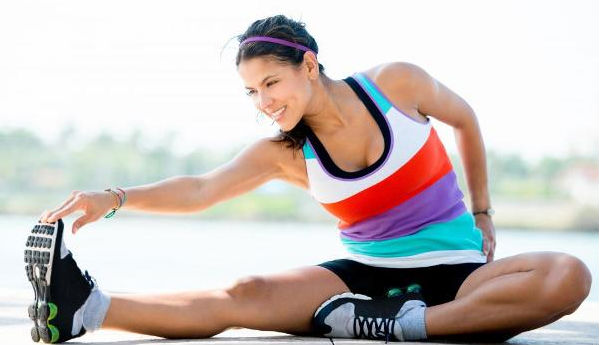
Groin Pull Prevention And Treatment:
As with most sports injuries, the best way to prevent a groin pull is to stretch properly before exercising.
Also, gradually increasing the intensity of the activity rather than jumping into the activity too quickly may help prevent injury, and strengthening the groin muscles can be helpful too.
RICE, combined with anti-inflammatory medications, is the best treatment plan.
Don't do anything too strenuous for a week or two after the injury, and when you do resume exercising, apply ice to the affected area after your workout until healed.
When you are feeling better, start a stretching and strengthening program.